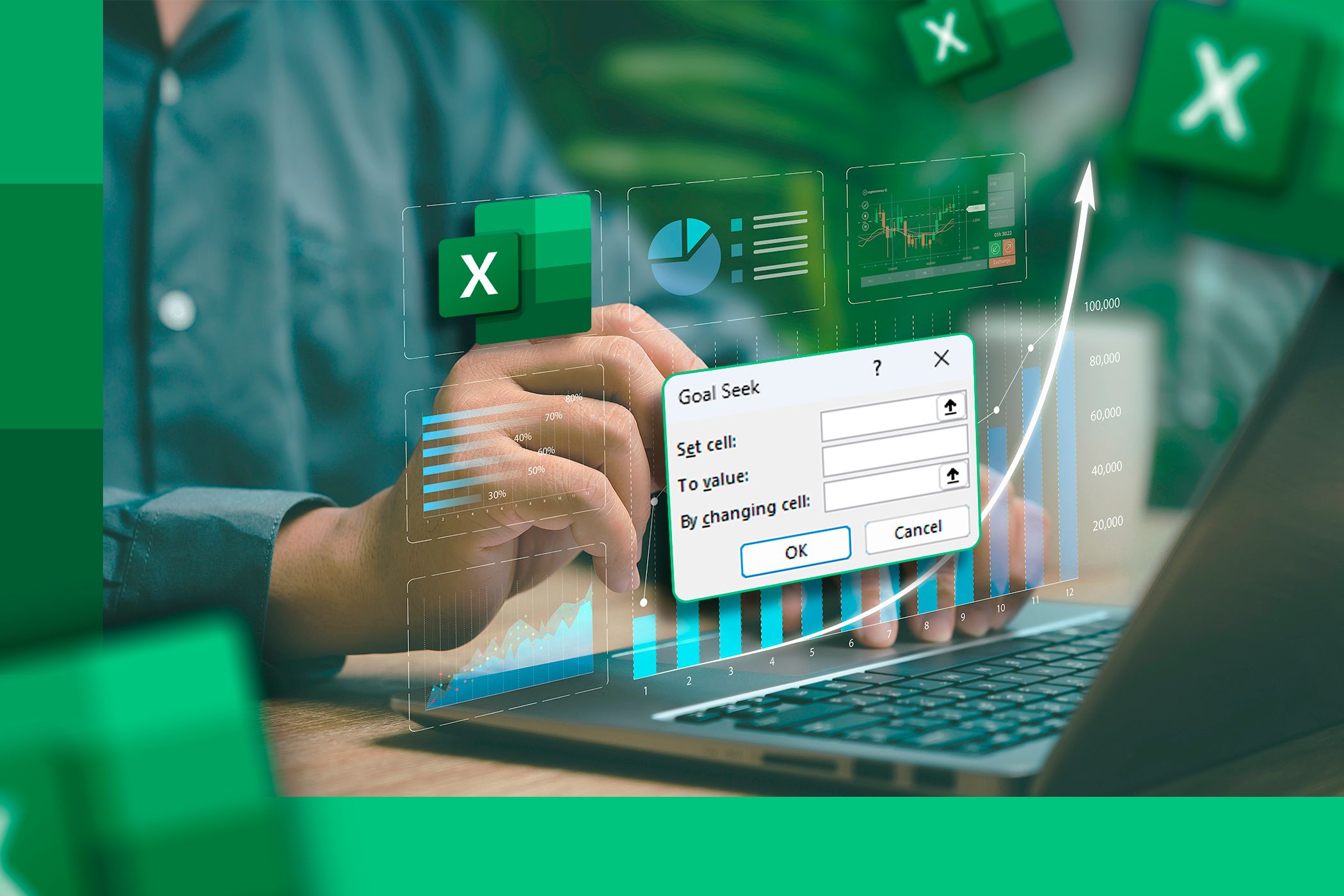
Interactive Financial Goal Charts: Visualizing Your Path to Financial Success
In the world of personal finance, setting goals is paramount. Whether it’s saving for a down payment on a house, planning for retirement, or simply building an emergency fund, having clear financial objectives is the first step towards achieving financial security. However, merely setting goals isn’t enough. To truly succeed, you need a way to track your progress, stay motivated, and make necessary adjustments along the way. This is where interactive financial goal charts come into play.
What are Interactive Financial Goal Charts?
Interactive financial goal charts are dynamic visual tools that allow you to track your progress towards specific financial objectives. Unlike traditional spreadsheets or static charts, interactive charts offer a more engaging and user-friendly experience. They enable you to input your financial data, visualize your progress over time, and make adjustments to your plans based on real-time insights.
These charts can take various forms, including:
- Line Charts: Illustrate progress over time, showing trends and patterns in your savings or investments.
- Bar Charts: Compare your current savings to your target goal, providing a clear visual representation of the gap you need to close.
- Pie Charts: Show the allocation of your assets or expenses, helping you identify areas where you can optimize your financial strategy.
- Progress Bars: Offer a simple and intuitive way to track your progress towards a specific goal, such as paying off debt or saving for a vacation.
The "interactive" aspect of these charts is crucial. You can typically:
- Input Data: Easily enter your income, expenses, savings, and investment information.
- Adjust Assumptions: Modify your assumptions about interest rates, inflation, and investment returns to see how they impact your goals.
- Simulate Scenarios: Experiment with different savings and investment strategies to determine the best approach for your situation.
- Visualize Progress: See your progress in real-time, with charts and graphs that update automatically as you input new data.
Benefits of Using Interactive Financial Goal Charts
The benefits of using interactive financial goal charts are numerous:
- Enhanced Visualization: Visualizing your financial goals can make them feel more tangible and achievable. Charts and graphs can help you see the big picture and understand how your daily actions contribute to your long-term objectives.
- Increased Motivation: Seeing your progress in real-time can be incredibly motivating. As you watch your savings grow or your debt shrink, you’ll be more likely to stick to your financial plan.
- Improved Understanding: Interactive charts can help you understand complex financial concepts more easily. By visualizing your data, you can gain insights into your spending habits, investment performance, and overall financial health.
- Better Decision-Making: Interactive charts allow you to simulate different scenarios and see how they impact your goals. This can help you make more informed decisions about your spending, saving, and investing.
- Personalized Planning: Interactive charts can be customized to your specific financial situation and goals. This allows you to create a personalized financial plan that is tailored to your unique needs and circumstances.
- Early Problem Detection: Visual representations make it easier to spot deviations from your financial plan. You can quickly identify if you’re falling behind on savings or overspending in certain categories.
- Adaptability: Life changes, and so should your financial plan. Interactive charts allow you to easily adjust your goals and strategies as needed, ensuring that your plan remains relevant and effective.
- Accessibility: Many interactive financial goal charts are available online or through mobile apps, making them accessible anytime, anywhere.
Examples of Financial Goals You Can Track with Interactive Charts
Interactive financial goal charts can be used to track a wide range of financial objectives, including:
- Retirement Planning: Project your retirement savings, estimate your future expenses, and determine how much you need to save each month to reach your retirement goals.
- Saving for a Down Payment: Track your progress towards saving for a down payment on a house, car, or other major purchase.
- Paying Off Debt: Visualize your debt repayment progress and explore different strategies for accelerating your debt payoff.
- Building an Emergency Fund: Track your progress towards building an emergency fund to cover unexpected expenses.
- Investing: Monitor the performance of your investments and adjust your portfolio as needed to reach your financial goals.
- Saving for Education: Plan and track savings for college or other educational expenses.
- Vacation Savings: Set a target amount for your dream vacation and track your progress towards reaching that goal.
Types of Interactive Financial Goal Chart Tools
Several tools are available to help you create and use interactive financial goal charts:
- Spreadsheet Software (e.g., Microsoft Excel, Google Sheets): While requiring some manual setup, these tools offer a high degree of customization and allow you to create your own charts and graphs.
- Personal Finance Apps (e.g., Mint, YNAB): Many personal finance apps include built-in goal-setting and tracking features, often with interactive charts and graphs.
- Financial Planning Software (e.g., Personal Capital, Quicken): These tools offer more comprehensive financial planning capabilities, including goal-setting, investment tracking, and retirement planning, often with sophisticated interactive charts.
- Online Calculators and Tools: Many websites offer free online calculators and tools for specific financial goals, such as retirement planning or debt repayment. These tools often include interactive charts to visualize your progress.
Tips for Using Interactive Financial Goal Charts Effectively
To get the most out of interactive financial goal charts, consider these tips:
- Set Specific, Measurable, Achievable, Relevant, and Time-Bound (SMART) Goals: Clearly define your goals and set realistic timelines for achieving them.
- Input Accurate Data: Ensure that your financial data is accurate and up-to-date.
- Regularly Review and Update Your Charts: Review your charts regularly to track your progress and make necessary adjustments to your plan.
- Experiment with Different Scenarios: Use the interactive features of your charts to simulate different scenarios and see how they impact your goals.
- Stay Disciplined and Consistent: Stick to your financial plan and make consistent progress towards your goals.
- Seek Professional Advice: If you’re struggling to create or use interactive financial goal charts effectively, consider seeking advice from a financial advisor.
Conclusion
Interactive financial goal charts are powerful tools that can help you visualize your path to financial success. By providing a clear and engaging way to track your progress, these charts can help you stay motivated, make informed decisions, and achieve your financial objectives. Whether you’re saving for retirement, paying off debt, or building an emergency fund, interactive financial goal charts can be a valuable asset in your personal finance toolkit. By leveraging these tools effectively, you can take control of your finances and build a brighter financial future.



